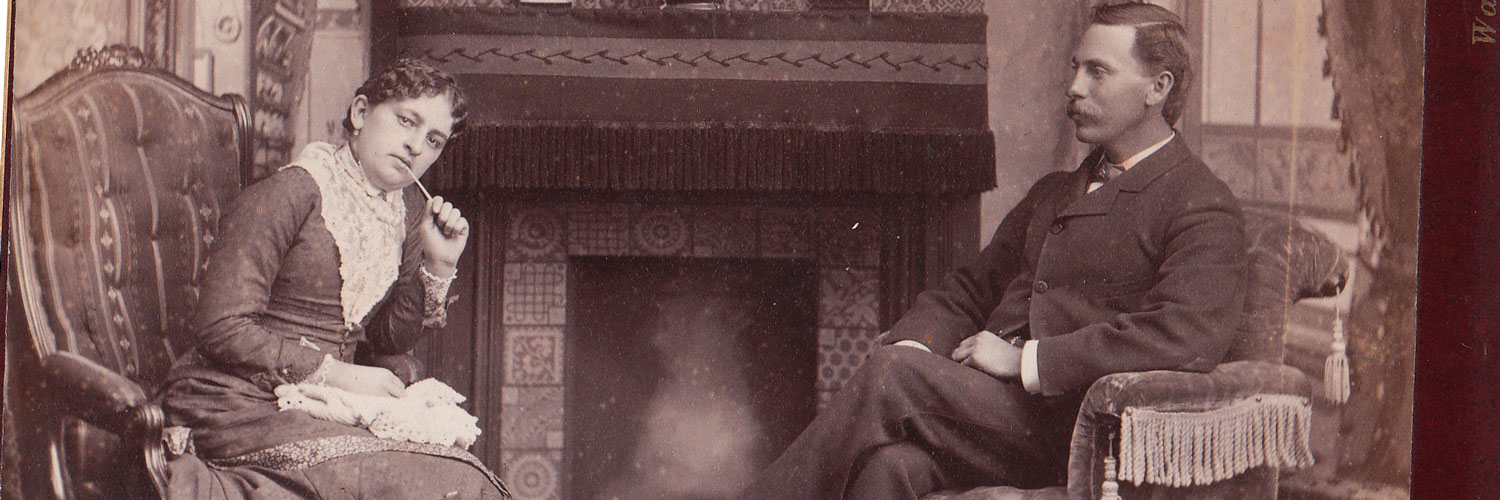The History of Home Heating
You’ve come a long way baby, as you sit at your desk and fine tune the temperature of your house from your smartphone. Of course, it hasn’t always been this easy (or this technical) to keep domestic life comfortably climate-controlled throughout the ages…. Sit back, and we’ll take you through time to visit a few of the highlights of home heating over the centuries.
44,000 BC – 1500s
Methods of keeping the chills at bay have gotten dramatically more sophisticated since the days of fires in caves…but it’s taken some time. For thousands of years an open hearth in the middle of the home structure was the primary standard for heat in just about every civilization (this dates back to around 44,000BC, though evidence suggests we discovered fire almost 2 million years ago). There were some innovative twists that came and went with the Roman Empire, such as a central system, called a hypocaust, which heated an empty space beneath the dwelling and funneled the heat up through pipes—a primitive precursor to radiant heat.
After the fall of the Roman Empire things went back to the basics: a fire pit or hearth under a hole in the roof to vent smoke. Through the years various improvements to the venting system were introduced, allowing the heat source to be moved to exterior walls, rather than in the middle of the room. Around the beginning of the 13th century, chimneys became a popular way to funnel the smoke outdoors, which led to better air quality and heating efficiency inside the home. The chimney concept continued to become more refined and was eventually paired with masonry stoves in the 1500s.
1700s – 1800s
In 1741 household heating methods made a major leap in safety and efficiency with Benjamin Franklin’s invention of the Franklin stove, which made use of a hollow baffle to better circulate heated air and reduce the amount of smoke in the room. Things got even more convenient (and less smoky) in 1885 when coal entered the scene.
Meanwhile, outside of the United States, the Industrial Revolution began to change the landscape of indoor heating even more. In 1784, Scotland’s James Watt developed a system for heating his offices that used steam heat through pipes. Just a bit south of Watts, in jolly old England, William Strutt invented a furnace system that funneled warm air into the room through ducts.
1800s – Present
In 1883 another huge advancement was made when Thomas Edison invented the electric heater. Following along quickly came the first patent for a thermostat by Warren Johnson. During a flurry of innovation throughout the early 1900s, Alice Parker patented the first central heating system in 1919. Developments in heating technology now began to move at a rapid pace, and by the 1920s homes were universally heated by safer, more reliable heating methods.
Throughout the centuries, the basic principles have remained the same: source heat and distribute it in a way that keeps people comfortable in an energy- and financially-efficient way. We continue with that tradition each and every day as we send our team out to help ensure our customers are warm and cozy during the Indiana winters.
